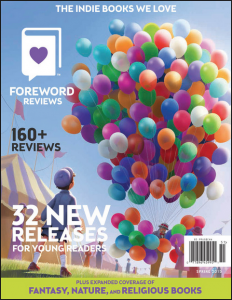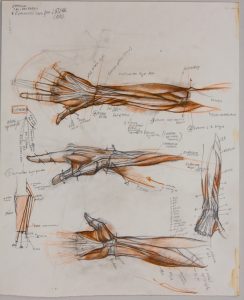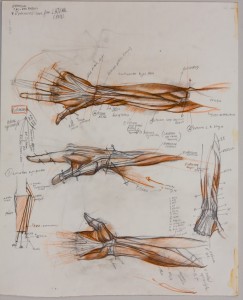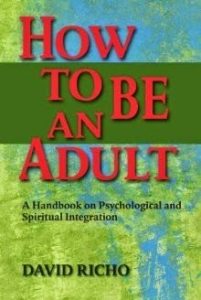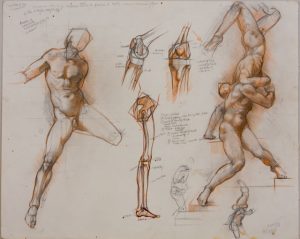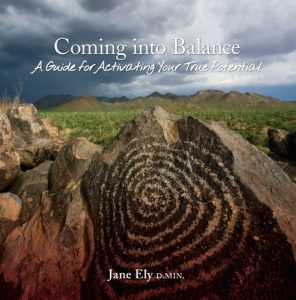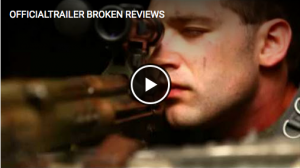Foreword Reviews Spring Issue: Broken is “beautiful”
Foreword Reviews is the “library journal” of independent publishing. It’s a content-rich, beautifully put together magazine that’s published quarterly. The top of their Spring 2015 issue is emblazoned, “THE INDIE BOOKS WE LOVE” and this periodical means just that: they love indie titles. Foreword Reviews understands the value of independently published books and appreciates the quality of those independently published books with excellent production values.
It was with great delight that I received word, some months back, that my novel BROKEN would be reviewed and featured in Foreword Reviews. Not only that, but the editorial director politely wondered whether or not it was possible to get a jpg of the cover image, the painting upon which the cover is based.
In fact, Broken’s gorgeous cover is based on a painting by the extraordinarily gifted Roberto Ferri, an Italian figurative painter, and a hero of mine. Roberto’s work is utterly ravishing.
After a Skype session in Italian with my husband Sabin Howard (for whom Italian is his first language), Roberto graciously gave permission for me to use the painting for the book cover. He sent me a large file.
It was the one and only Gwyn Snyder who took that file and turned it into the book cover. And what a beautiful job Gwyn did! She’s so very talented.
So I happily asked Sabin to check with Roberto regarding Foreword Reviews featuring his painting, and he, again, generously gave permission.
The review of Broken is absolutely lovely. There’s a pix below. Allyce Amidon writes,
Slatton has created a beautiful, heart wrenching tale of humanity during the Second World War. …Slatton writes poignantly, with lyrical prose: “I have been shattered, the shattering is still with me. I am only shards now. There is no core.” This is a gorgeous philosophical treaty on right and wrong, the “why” behind impossible decisions, and what remains when everything is gone. Slatton guides the reader gently through to the end, all the more heartbreaking for its inevitability, imparting powerful, resonant themes as she goes.
Take a look online, and do consider a subscription!

